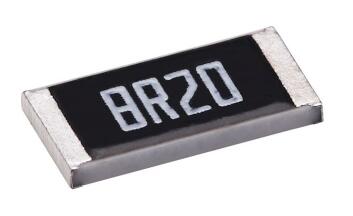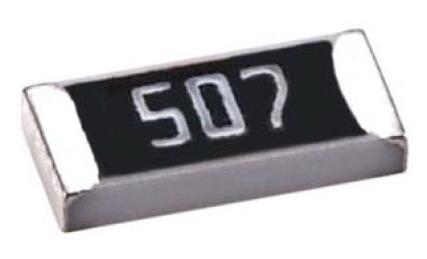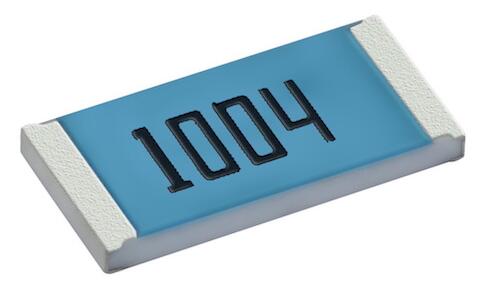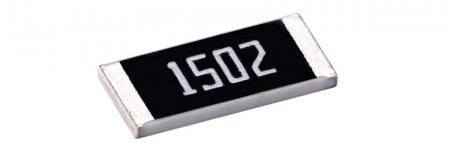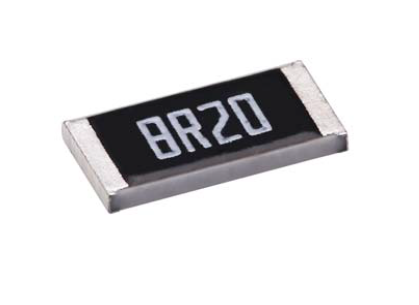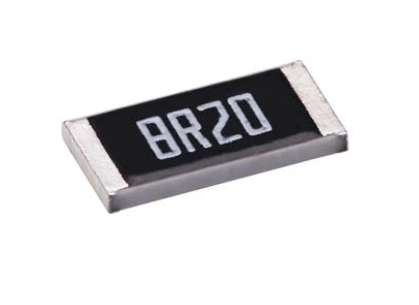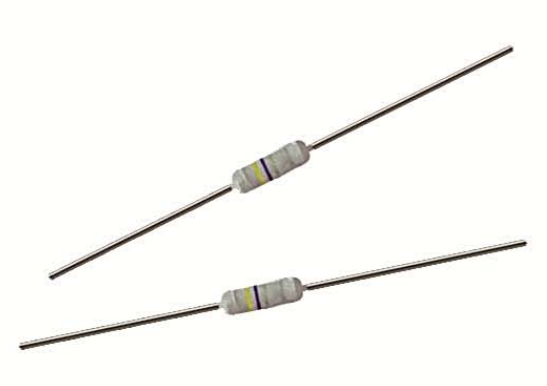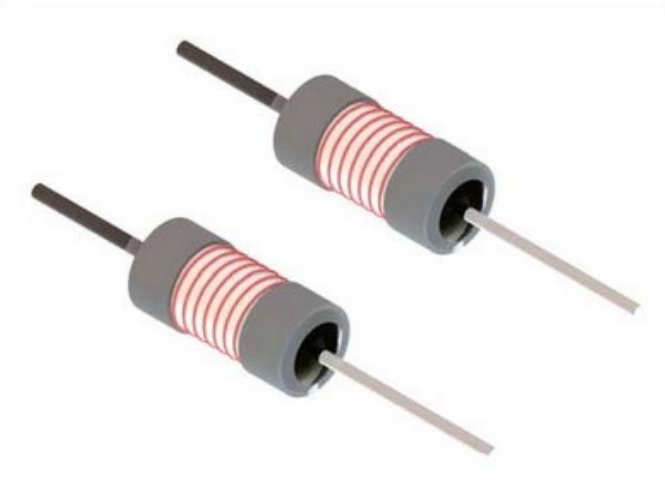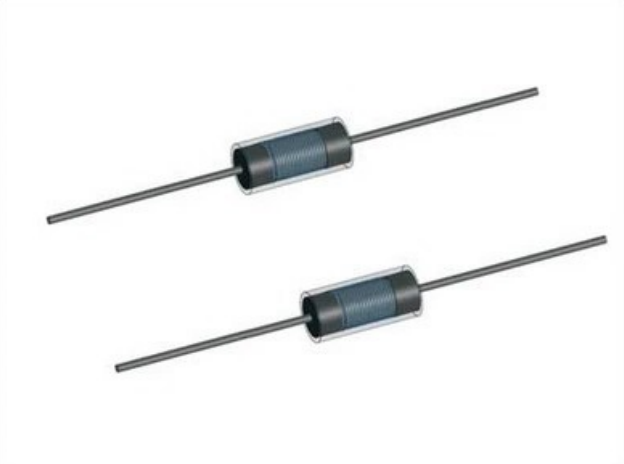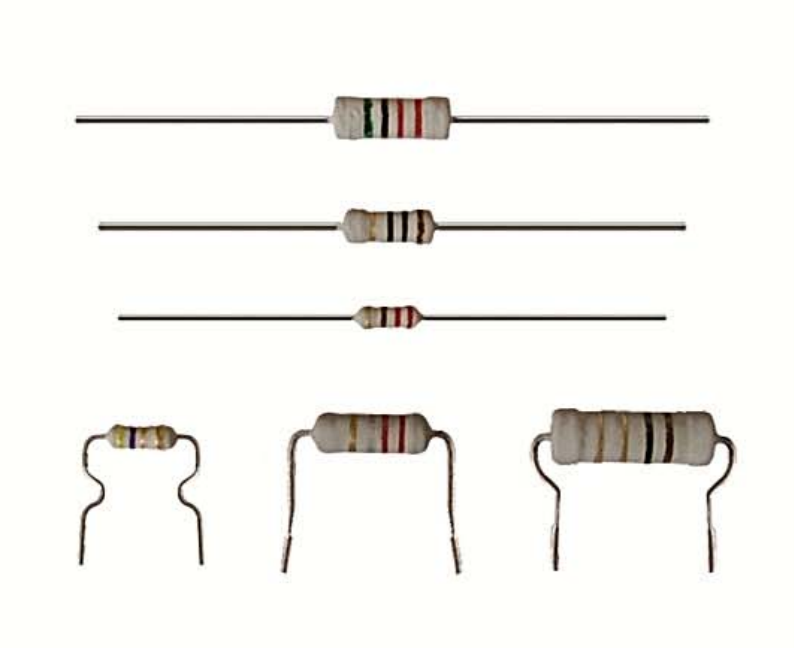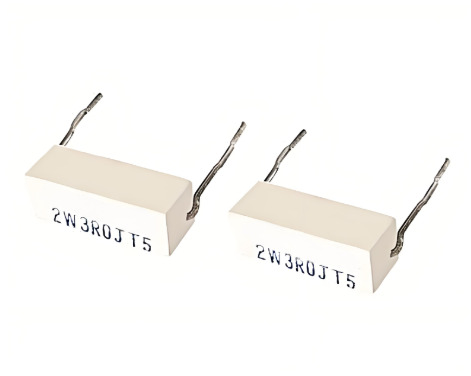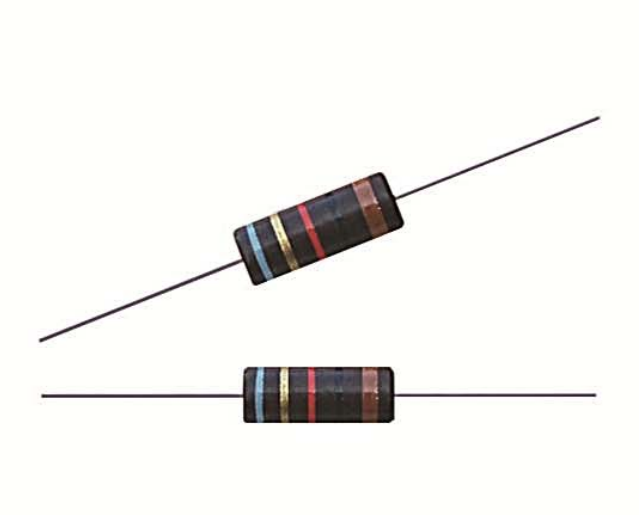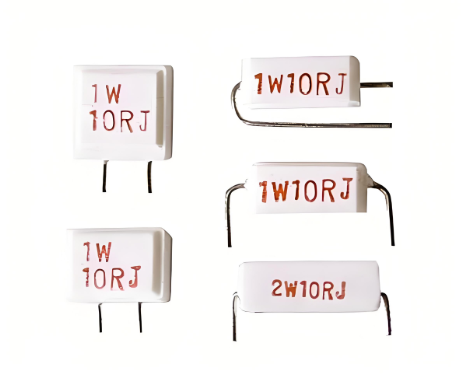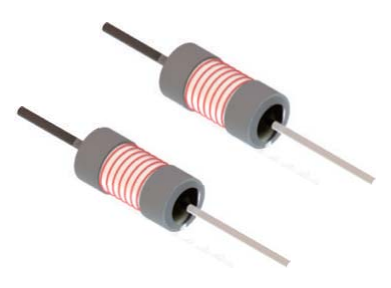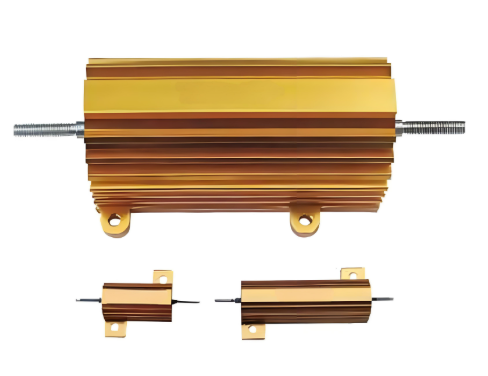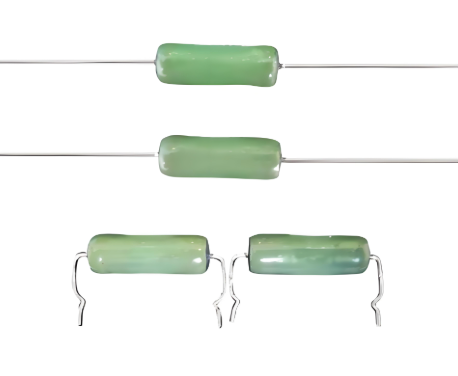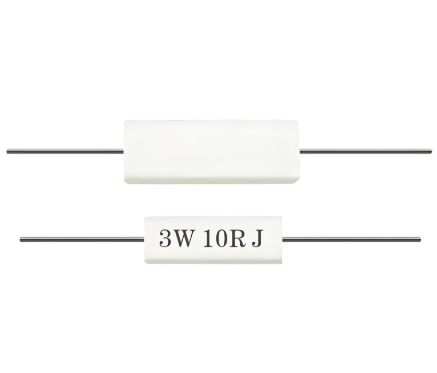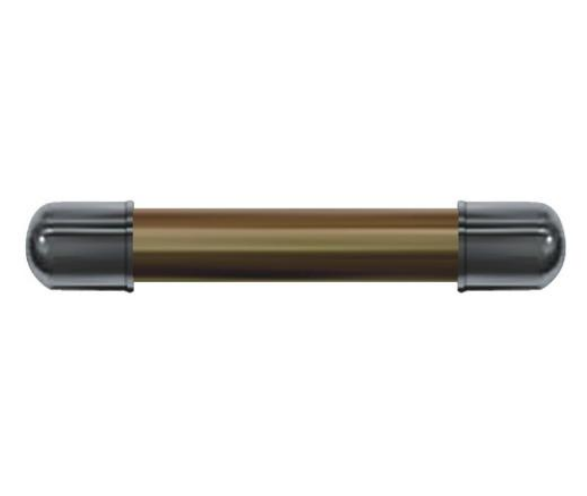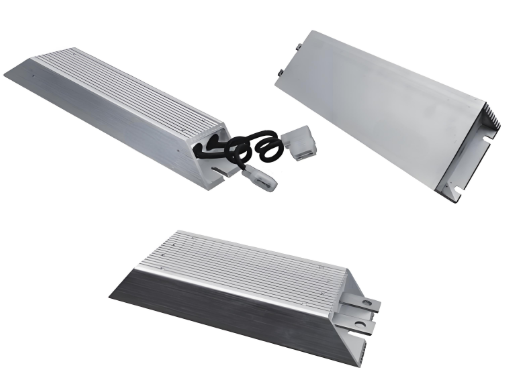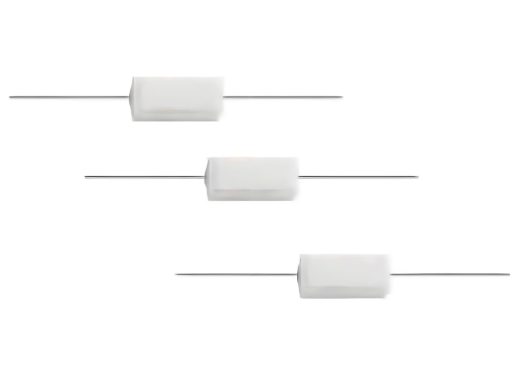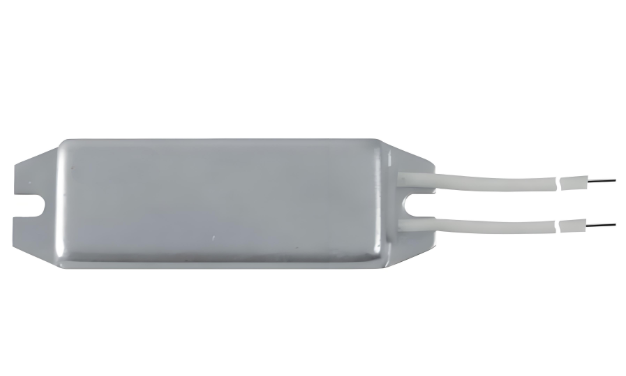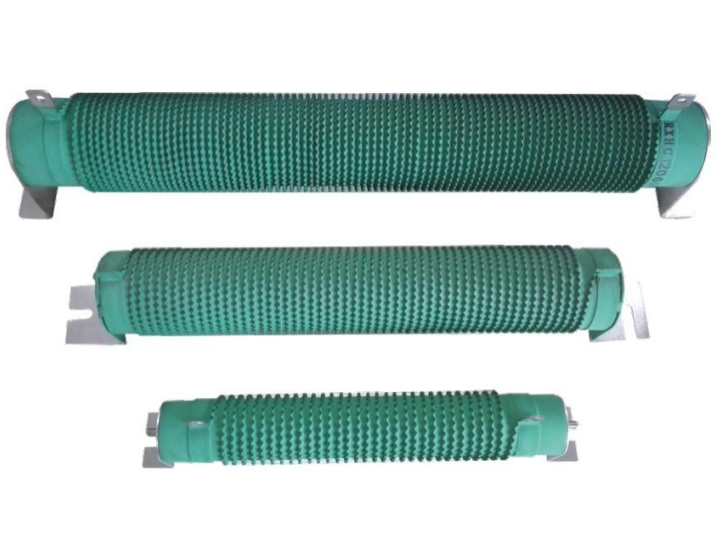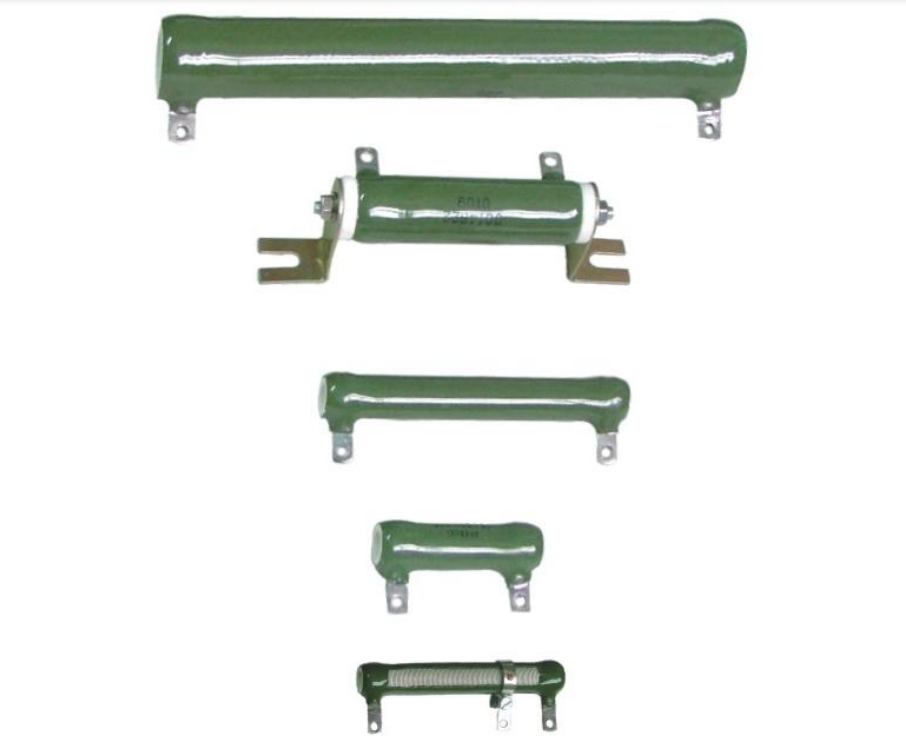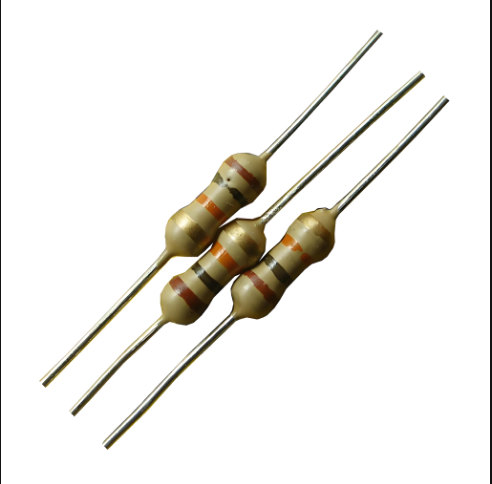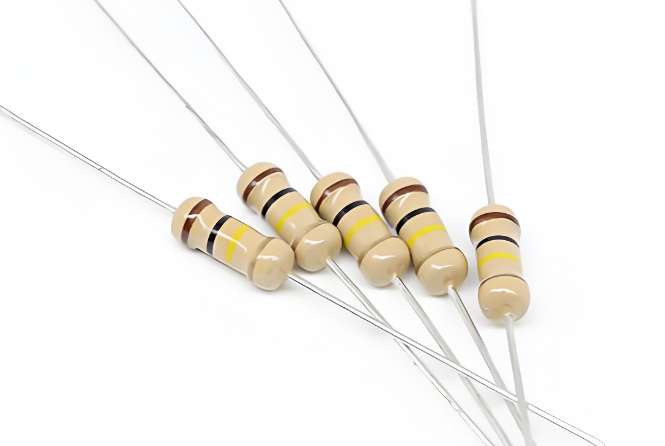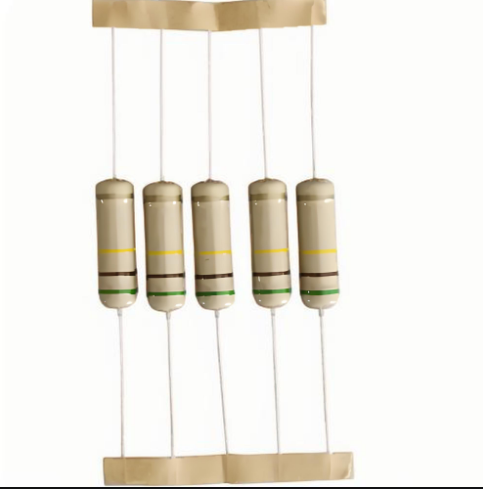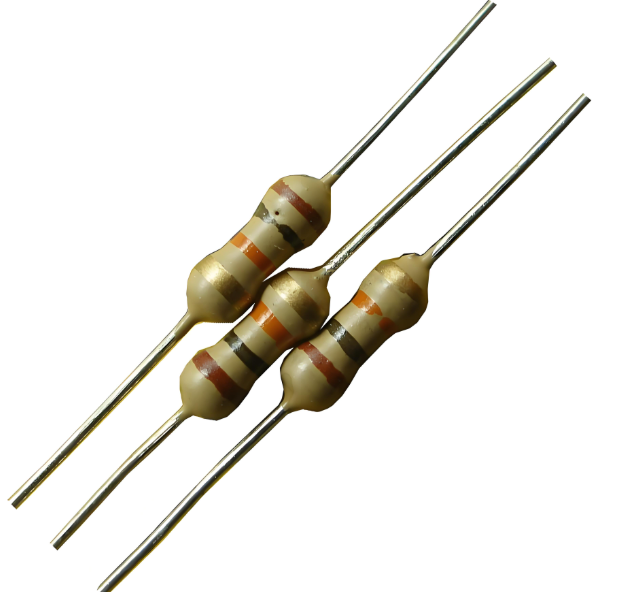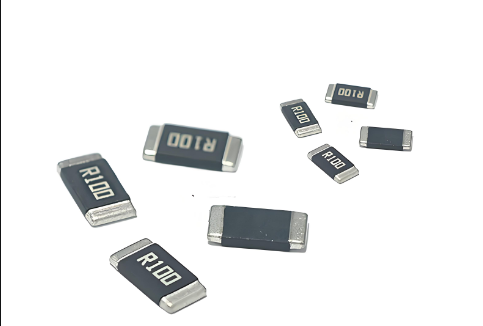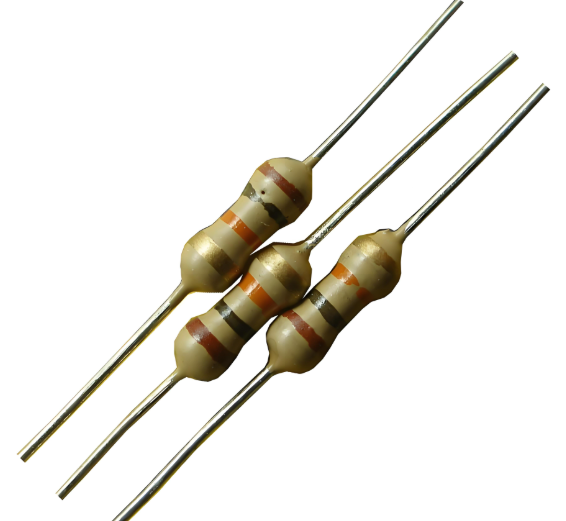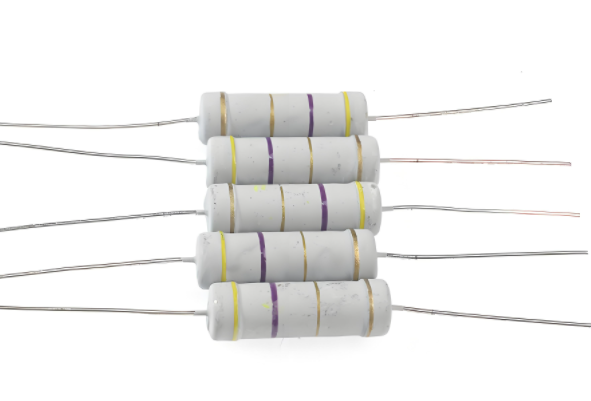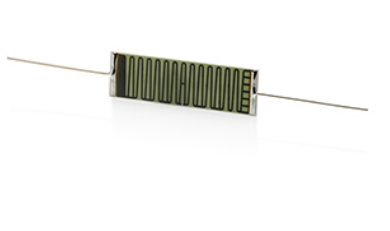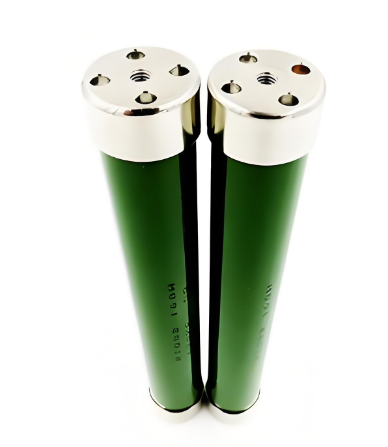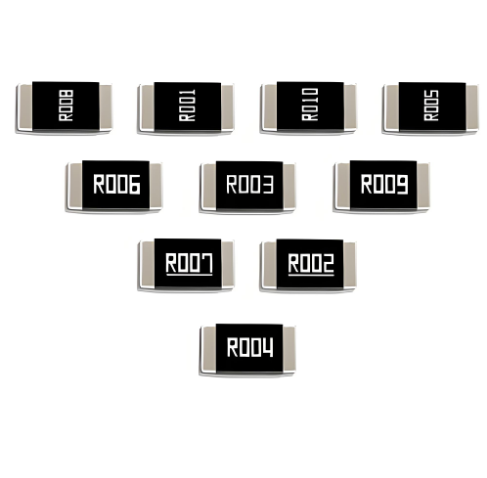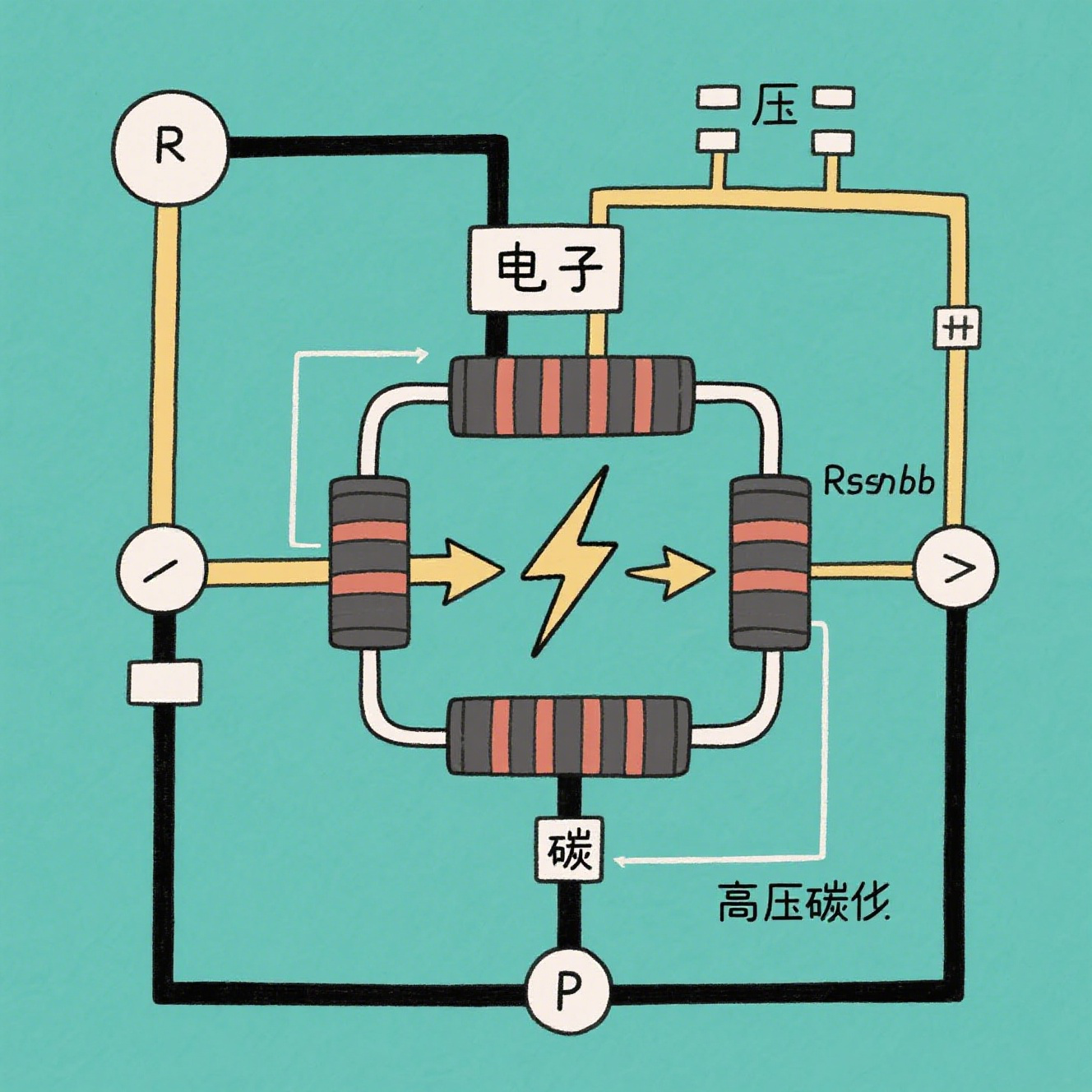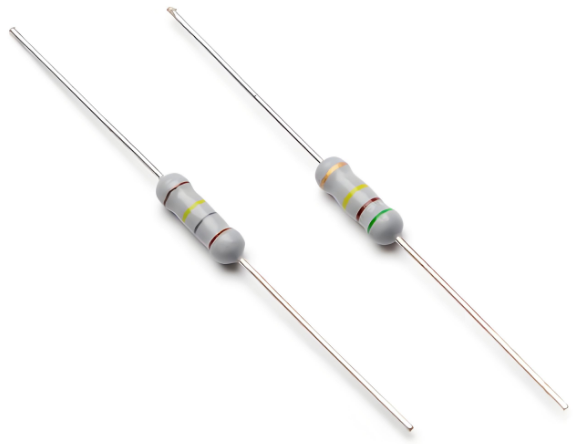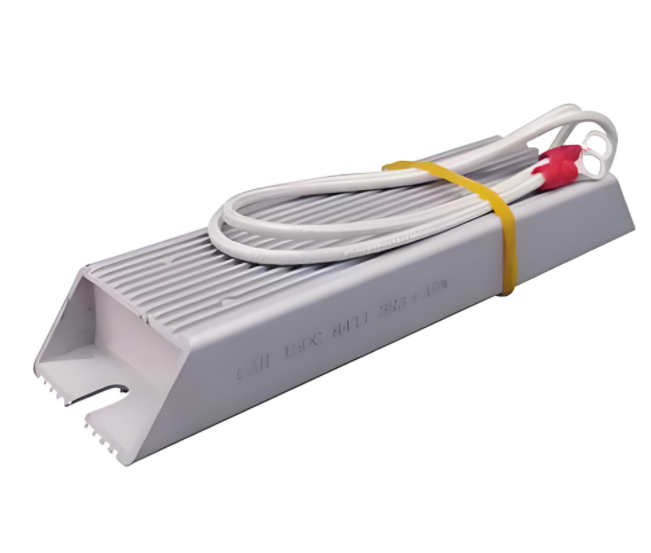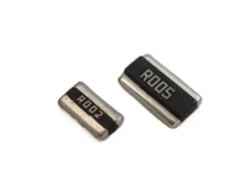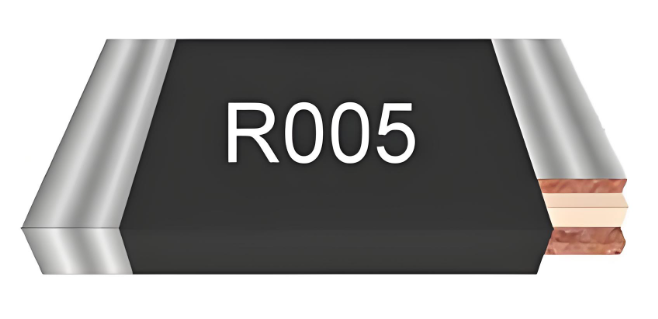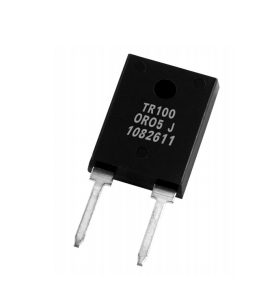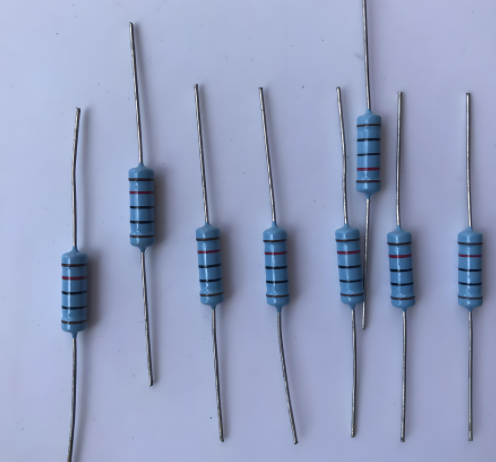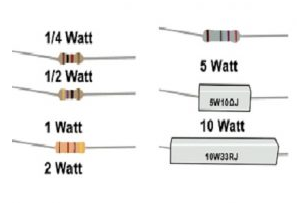1 Watt carbon disc resistors are a workhorse in electronics, balancing power handling with cost-effectiveness for moderate-load circuits. Whether you’re designing a power supply, audio amplifier, or industrial control system, these resistors (commonly in 1kΩ-100kΩ ranges) are critical for stable performance. This guide breaks down their specs, real-world uses, and how to avoid overheating—their most common pitfall. By the end, you’ll know exactly how to select and deploy 1W carbon disc resistors for your projects.
1. Technical Specifications: 1W Carbon Disc Resistors Demystified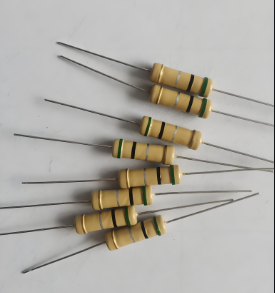
1W carbon disc resistors are defined by their ability to handle up to 1 watt of power without excessive heating. Key specs for 1kΩ-100kΩ variants (the most common 1W ratings) include:
| Parameter | Typical Range | Why It Matters |
|---|---|---|
| Resistance Value | 1kΩ, 10kΩ, 100kΩ (most common) | 1kΩ-100kΩ aligns with typical current limits in 5V-24V circuits (e.g., 5V systems use 1kΩ for ~5mA current) |
| Tolerance | 5% (general use), 1% (precision) | 5% is acceptable for non-critical circuits; 1% ensures consistency in audio or sensor applications |
| Temperature Coefficient (TCR) | -0.0005%/°C (1%), -0.001%/°C (5%) | Lower TCR means resistance stays stable as the resistor heats up (critical for power supplies) |
| Operating Temperature | -55°C to +125°C | Ensures reliability in industrial or high-temperature environments |
Example: A 10kΩ 1% 1W carbon disc resistor has a maximum current limit of ~140mA (calculated via I= P/R ). At 140mA, its power dissipation is exactly 1W—any higher current risks overheating.
2. Top Applications: Power Supplies & Audio Circuits
1W carbon disc resistors thrive in circuits where moderate power handling and cost efficiency are key. Two of their most common uses are:
Power Supplies
In linear power supplies (e.g., for microcontrollers, LEDs, or small motors), 1W carbon disc resistors are used for current limiting and voltage division. Their 1W rating allows them to handle the heat generated by these tasks without immediate failure.
| Circuit Stage | Resistor Spec | Role |
|---|---|---|
| Input Filtering | 100kΩ, 5% | Limits inrush current when the supply is turned on |
| Output Regulation | 10kΩ, 1% | Stabilizes output voltage by dividing excess voltage as heat |
Audio Circuits
Audio systems require low-noise components to preserve sound clarity. 1W carbon disc resistors (especially 1% tolerance) are ideal for passive tone controls and signal attenuation because they generate minimal electrical noise compared to metal oxide resistors.
| Circuit Stage | Resistor Spec | Why 1W? |
|---|---|---|
| Volume Control | 100kΩ, 5% | 1W handles the small power drawn by potentiometers without overheating |
| Tone Control (Bass/Treble) | 10kΩ, 1% | 1W ensures stability even when adjusting controls frequently |
3. Overheating Issues: Causes & Proven Solutions
Overheating is the most common problem with 1W carbon disc resistors. When a resistor exceeds its power rating, it can degrade, change resistance, or even fail. Here’s why it happens—and how to fix it.
Common Causes of Overheating
Incorrect Power Calculation: Using P=I 2 Rinstead of P=V 2 /R(or vice versa) leads to undersizing.
High Ambient Temperature: Resistors in enclosed spaces or near heat sources (e.g., transformers) dissipate heat less effectively.
Prolonged Overloading: Even 10% over the 1W rating (1.1W) can reduce lifespan by 50%.
Proven Solutions
| Issue | Solution | Example |
|---|---|---|
| Incorrect power calculation | Use both P=V 2 /Rand P=I 2 Rto verify; add a 20% safety margin | For a 12V circuit with 1kΩ: P=(12) 2 /1000=0.144W. Use a 1/4W (0.25W) resistor (1.7x safety margin) |
| High ambient temperature | Add a heat sink or slot the enclosure to improve airflow | In a 50°C enclosure, derate power by 30% (use a 2W resistor for 1W load) |
| Prolonged overloading | Upgrade to a higher-wattage resistor (2W or 5W) or use parallel resistors to split the load | For a 1.5W load, use two 1W 10kΩ resistors in parallel (total power handling: 2W) |
4. How to Choose the Right 1W Carbon Disc Resistor
To select the best 1W carbon disc resistor for your project, follow these steps:
Calculate Power Requirements: Use P=V 2 /Ror P=I 2 Rand add a 20% safety margin.
Check Tolerance Needs: Use 1% for audio/sensors; 5% for general use.
Evaluate Environment: For high-temperature areas, confirm the resistor’s operating range (-55°C to +125°C is standard).
Test Before Deployment: Use a thermal camera or multimeter to verify temperature under load.
By following these guidelines, you’ll avoid common pitfalls and ensure your 1W carbon disc resistors deliver reliable performance for years.

